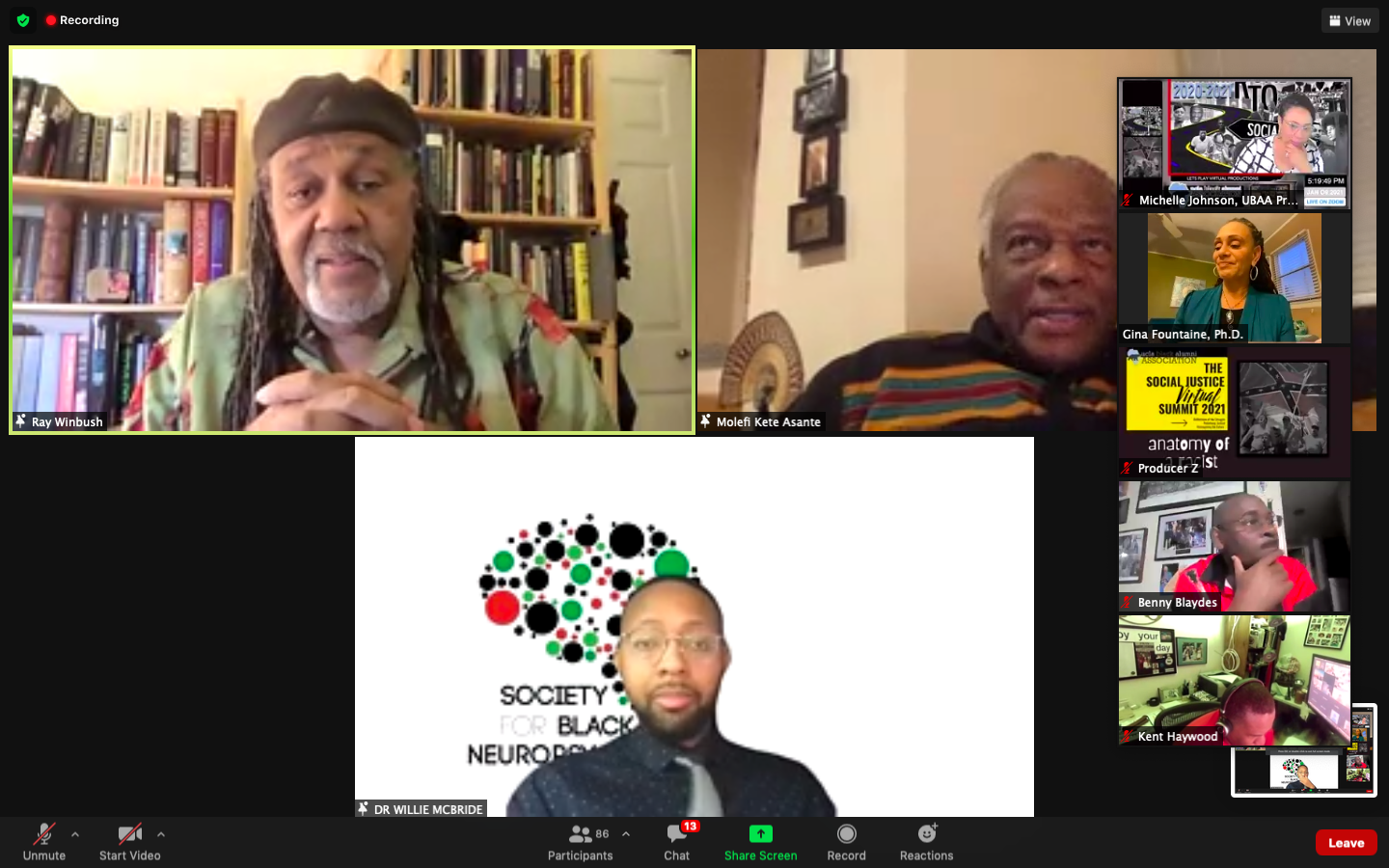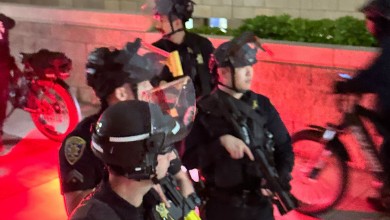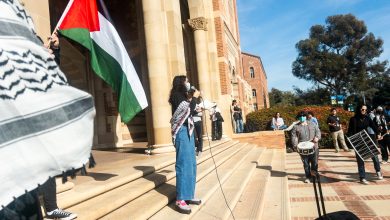“Anatomy of a Racist”: UCLA’s Black Alumni Association Discusses White Supremacy and Psychology

Image description: Three speakers, Dr. Winbush, Dr. Asante, and Dr. McBride are shown on a zoom screen. A variety of people are in their own zoom squares to the side.
The issue of studying the psychology of white supremacists is one rife with controversy. As Dr. Gina Fountaine addressed at the beginning of the “Anatomy of a Racist” panel, hosted by the UCLA Black Alumni Association (UBAA) on Jan. 9, 2021, little progress has been made in the realm of social psychology to reduce white supremacy. Furthermore, she poses the question as to why Black, Indigenous, and people of color should be forced to prioritize the experiences and motivations of white supremacists when they could be focusing on their own trauma and healing. While the panelists ultimately concluded that the issue is nuanced, with no straightforward solution, Dr. Fountaine did argue that the experiences of the oppressed and the oppressor are so closely intertwined that to completely ignore the issue would be negligent — and, if anything, to know one’s adversary is essential in identifying, preventing, and stopping such behavior. Throughout the two-hour discussion, the panel discussed the causes of white supremacy, the reverse racism myth, potential solutions, and more.
For the panel, hosted during UBAA’s Social Justice Summit, The UCLA Black Alumni Association welcomed a panel of researchers to discuss white supremacy, as well as the psychology and history behind racist extremist groups. Alongside moderator Dr. Gina Fountaine, who earned her doctorate in multicultural psychology, the association welcomed Dr. Willie McBride, a clinical neuropsychologist, Dr. Raymond Winbush, an author, activist, and psychologist, and Dr. Molefi Kete Asante, an author and the chair of the department of Africology at Temple University to share their work and opinions at the Social Justice Summit.
As the panelists discussed, racism is a system created and enforced by white people. Dr. Asante stated, “I call it the doctrine of white supremacy, because there’s no such thing as white supremacy, but it’s the doctrine… which is fueled by this illusion of race.” Race is a social rather than biological construct (meaning that there are no genetic differences in people of different races), but the systems of oppressions created by white people makes race and racism a tangible reality. Dr. Winbush also expanded on this point by reminding the audience that reverse racism does not and cannot exist because of systems of power which affords white people a level of privilege Black, Indigenous, and people of color do not have access to. Since people of color have been systematically oppressed for centuries, reverse racism against white people is impossible under the current systems of power. Dr. Asante summarizes the difference in how he, as a Black man, understands humanity, as opposed to white people, by stating, “In my neighbor’s face I see humanity… [white people don’t] see this. In their neighbor, they also see danger.”
Dr. Asante pushes back against the concept of racism as a mental illness, pointing out that doing so absolves them of responsibility for the harm white supremacists and racists perpetuate. Dr. Fountaine offered an alternative perspective to his point, arguing that mental illness does not absolve anyone from the harm they may cause others. Also worth noting is that mental illness is not synonymous with violence. In fact, people who experience mental illness are more likely to be victims of a crime. However, as previously mentioned, the issue is not as clear-cut as one might hope. Dr. McBride, with his expertise in clinical work, utilized the metaphor of a pie chart to explain what he believes makes a racist. While a percentage of the chart may include mental illness, it is not the sole culprit. Other potential motivations and causes of racist lines of thinking include an authoritarian personality type, toxic masculinity, the desire to be a member of a group, an overactive amygdala, and, quite simply, a society which indoctrinates its members from birth.
At the conclusion of the panel, the speakers mused on potential paths to ending white supremacy. Dr. Fountaine points to “understand[ing] the predictors of racism, creat[ing] and provid[ing] interventions, mandat[ing] anti-racist education, enhanc[ing] penalties for hate crimes,” and several other suggestions as potential steps to fostering a less racist and violent culture in the U.S. The panelists also agreed that ending racism is the responsibility of white people, because they are the ones with societal power and must be the ones to give it up. Knowing that power will not be given up easily, Dr. Fountaine stressed the importance of making tangible demands of Joe Biden as soon as he is inaugurated. Regardless of how one chooses to incorporate anti-racist work into their own lives and the lives around them, doing so is essential in molding a better future.




